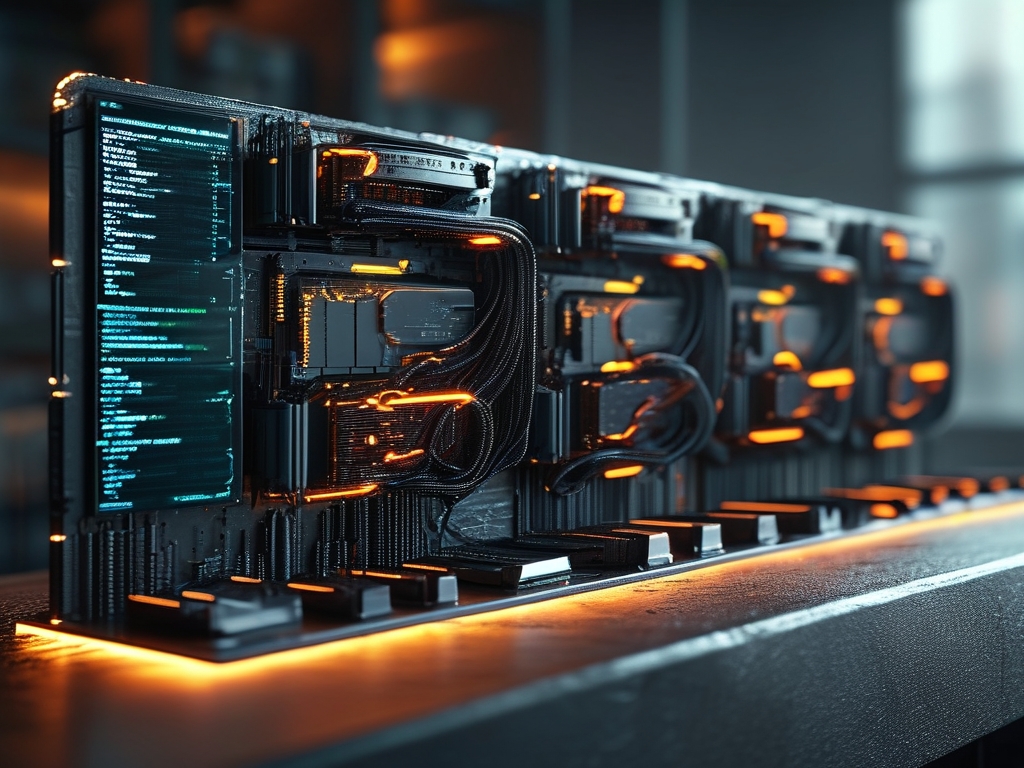As artificial intelligence continues to evolve, the demand for large-scale models has surged. These models, such as GPT-4 or Claude, require significant computational resources, with memory being a critical factor. Understanding how to calculate memory requirements is essential for developers, researchers, and organizations aiming to deploy or train such models efficiently.

Fundamentals of Memory Calculation
The memory needed for large AI models primarily depends on two factors: the number of parameters and the precision of the data types used. For instance, a model with 175 billion parameters (like GPT-3) stored in 32-bit floating-point format requires approximately 700 GB of memory. This is calculated by multiplying the number of parameters (175 billion) by the bytes per parameter (4 bytes for 32-bit). However, modern frameworks often use mixed-precision training, which combines 16-bit and 32-bit values, reducing memory usage without sacrificing accuracy.
Training vs. Inference Memory Requirements
Memory demands differ significantly between training and inference phases. During training, the model must store not only the parameters but also gradients, optimizer states, and intermediate activations. This can inflate memory usage by 3–4 times compared to inference. For example, a 10-billion-parameter model in training might need 120 GB of memory, while inference could require just 40 GB. Techniques like gradient checkpointing, which recomputes activations during backpropagation instead of storing them, help mitigate this overhead.
Impact of Model Architecture
Model architecture choices directly influence memory consumption. Transformer-based models, widely used in NLP, require memory for attention mechanisms and layer normalization. Each attention layer stores queries, keys, and values, contributing to quadratic memory growth with sequence length. Optimizing attention computation—through methods like flash attention or sparse attention—can reduce this burden. Additionally, model parallelism, where layers are distributed across multiple GPUs, allows larger models to fit into available memory but introduces communication latency.
Quantization and Compression Techniques
Quantization reduces memory needs by representing parameters with lower-precision data types. Converting weights from 32-bit to 8-bit integers, for instance, cuts memory usage by 75%. However, aggressive quantization may harm model performance. Dynamic quantization, applied selectively during inference, balances efficiency and accuracy. Pruning, another method, removes redundant weights from the model. Modern libraries like TensorFlow Lite and PyTorch Mobile integrate these techniques, enabling deployment on memory-constrained devices.
Hardware Considerations
GPU and TPU architectures also play a role in memory calculations. NVIDIA’s A100 GPU, for example, offers 40 GB or 80 GB memory variants, while TPU v4 pods provide up to 32 GB per core. Memory bandwidth and shared memory pools affect how efficiently data is accessed. Using tools like NVIDIA’s Nsight Systems or PyTorch’s memory profiler helps identify bottlenecks and optimize allocations. For distributed training, frameworks like DeepSpeed or Megatron-LM manage memory across nodes, enabling billion-parameter models to run efficiently.
Practical Steps for Estimation
To estimate memory needs:
- Determine parameter count and data type precision.
- Multiply parameters by bytes per value (e.g., 4 bytes for float32).
- Add memory for optimizer states (e.g., Adam optimizer requires twice the parameter memory).
- Account for activations, which vary with batch size and sequence length.
Sample code for a quick estimate:
parameters = 175e9 # 175 billion
bytes_per_param = 4 # float32
memory_gb = (parameters * bytes_per_param) / (1024 ** 3)
print(f"Base memory: {memory_gb:.2f} GB")
Future Trends
Emerging technologies like neuromorphic computing and in-memory processing aim to revolutionize how AI models handle memory. Meanwhile, research into reversible networks and memory-efficient architectures continues to push boundaries. As models grow, balancing memory constraints with computational power will remain a pivotal challenge in AI development.
By mastering memory calculation techniques, teams can optimize resource allocation, reduce costs, and accelerate the deployment of cutting-edge AI solutions.





